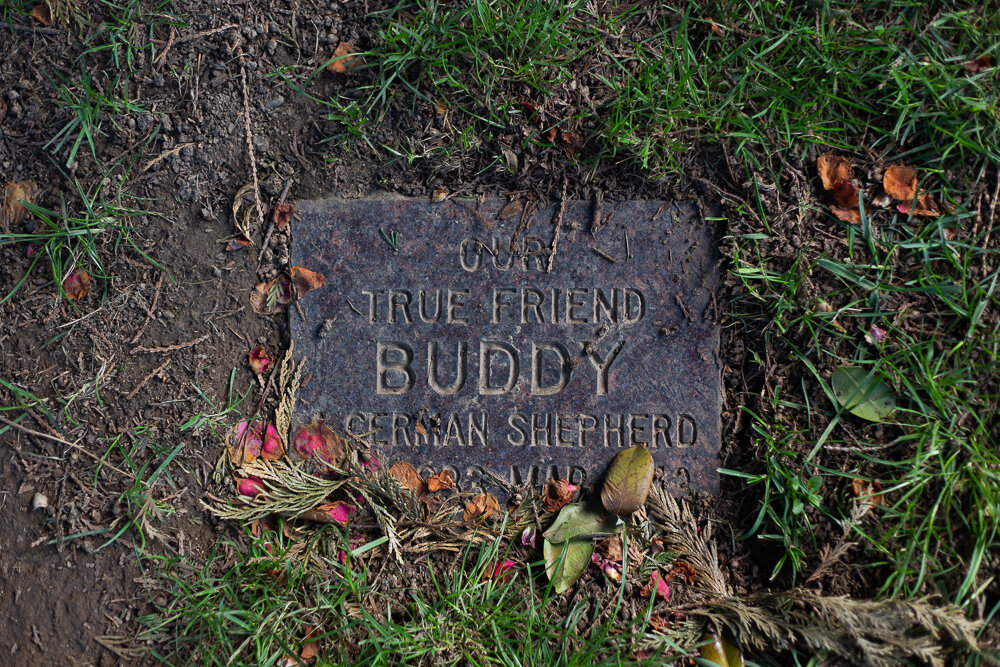
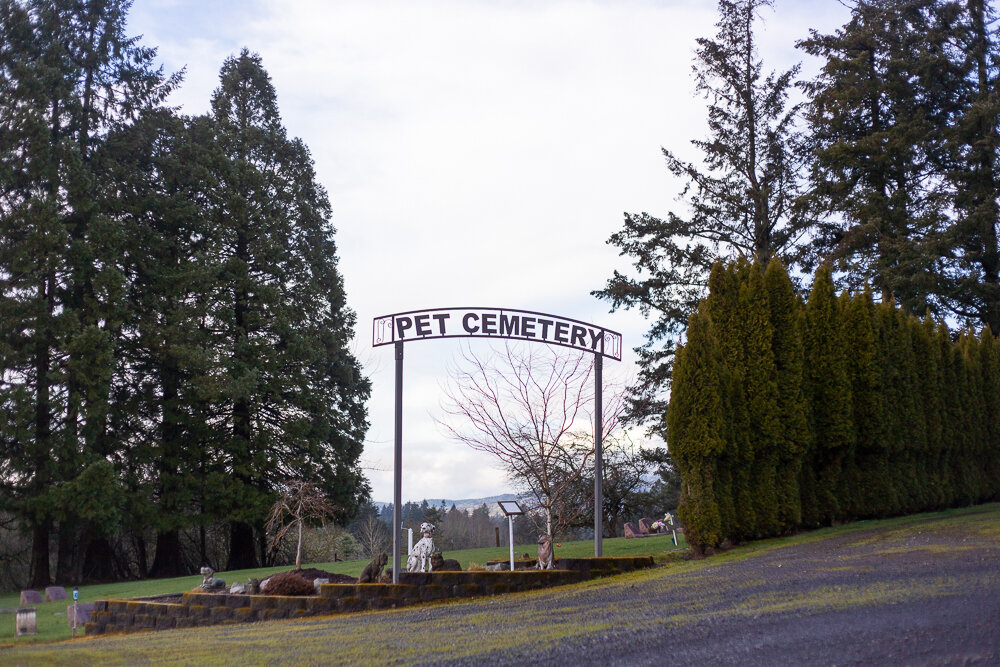
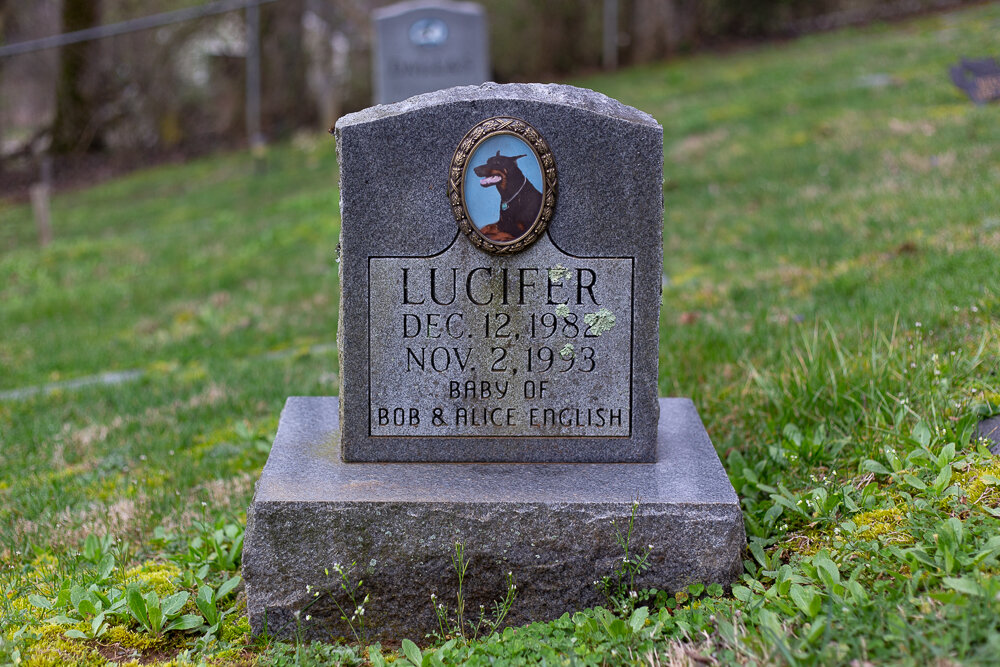
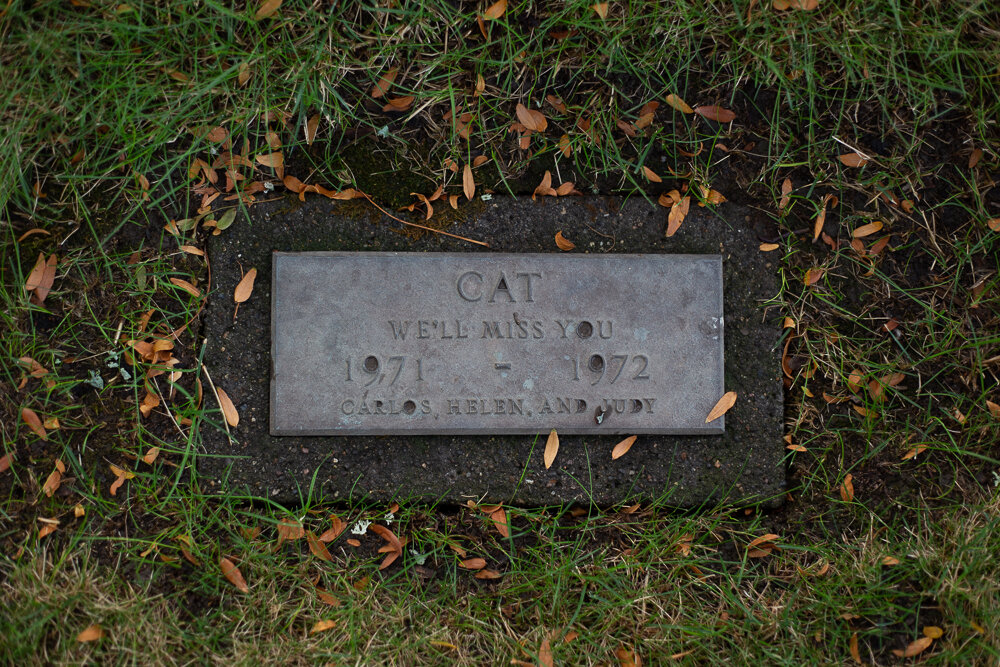
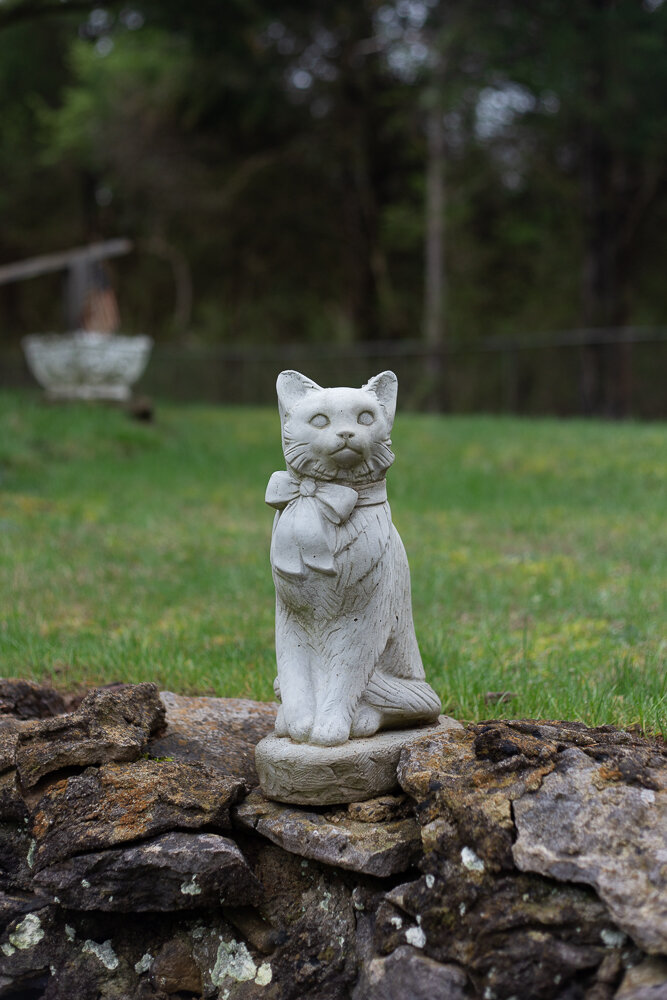
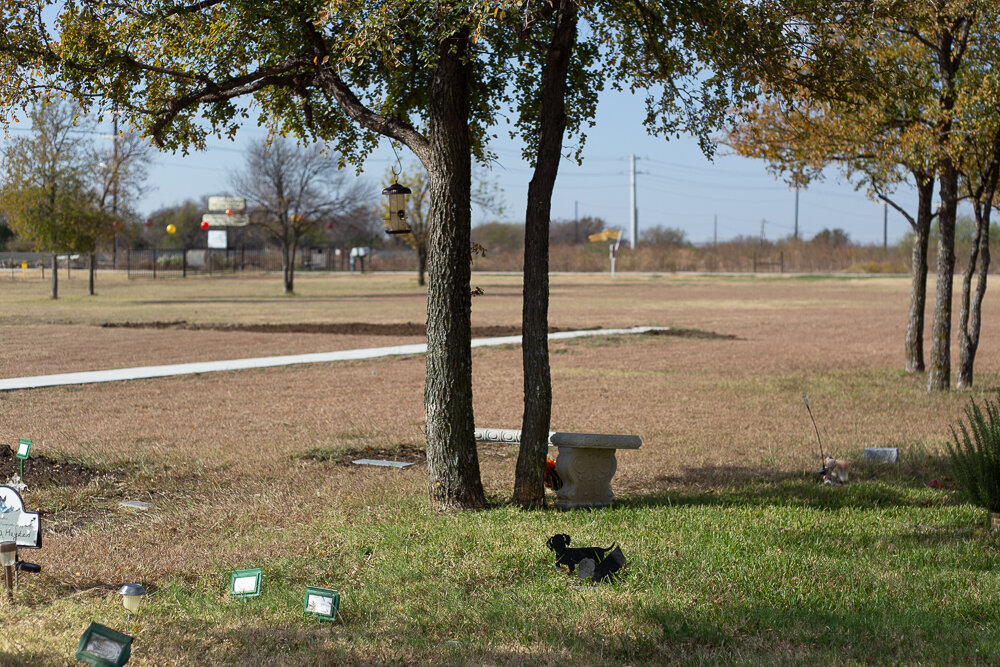
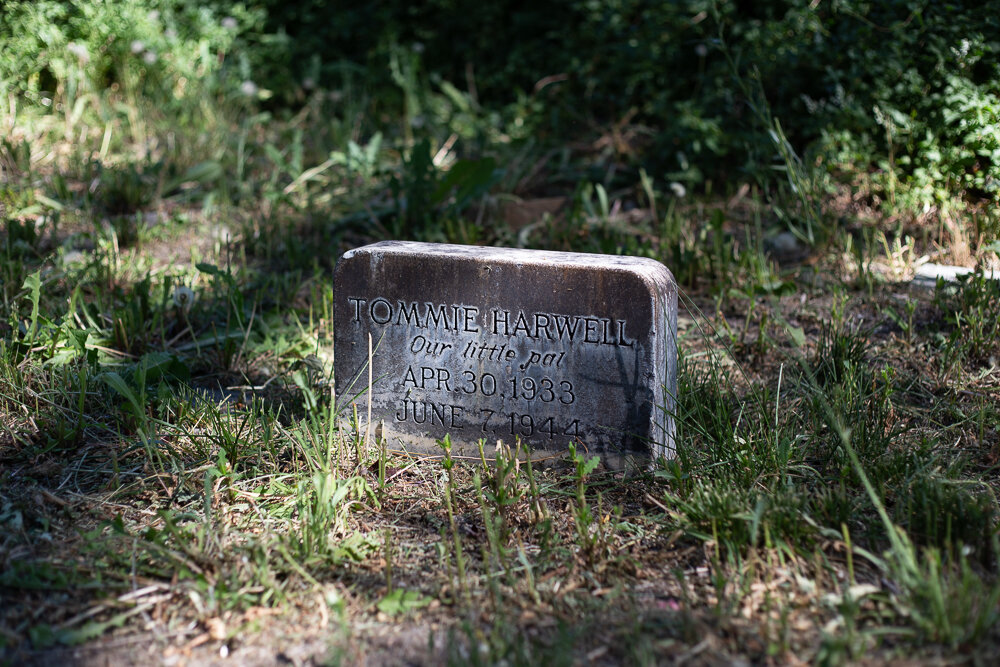
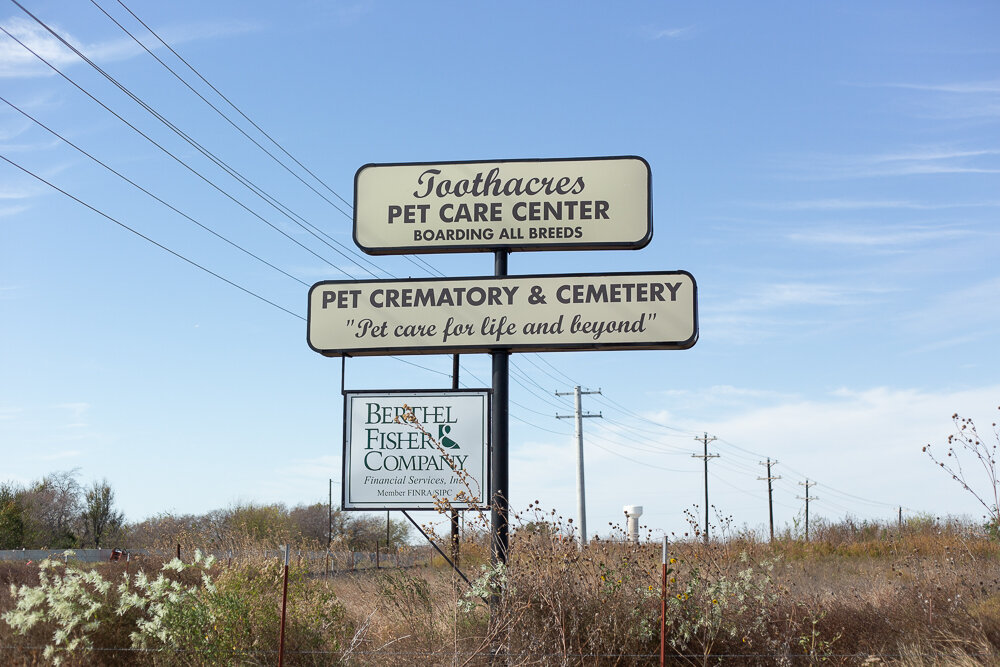
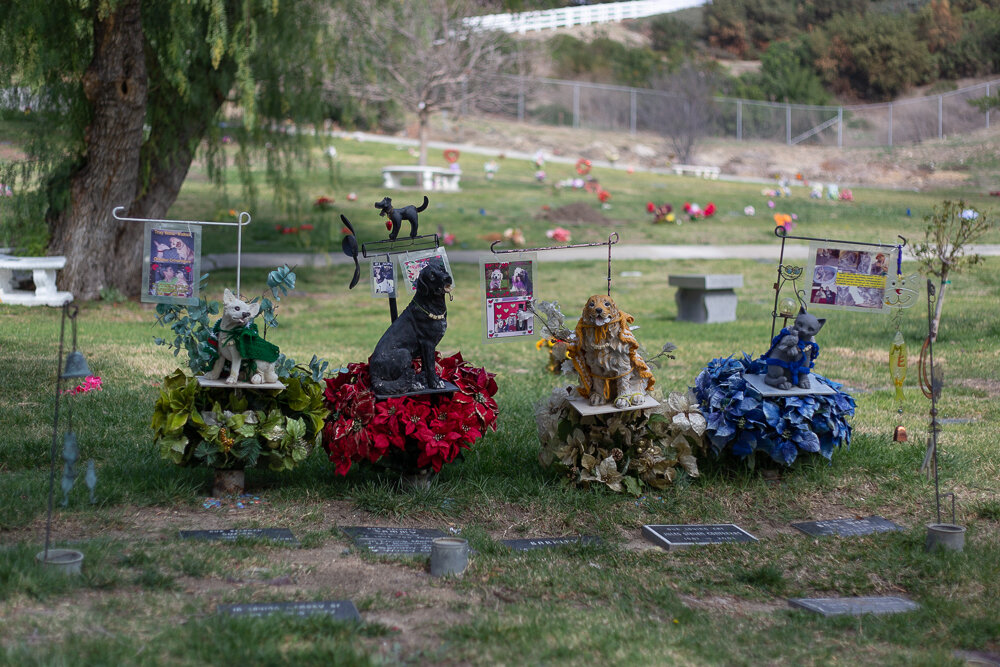
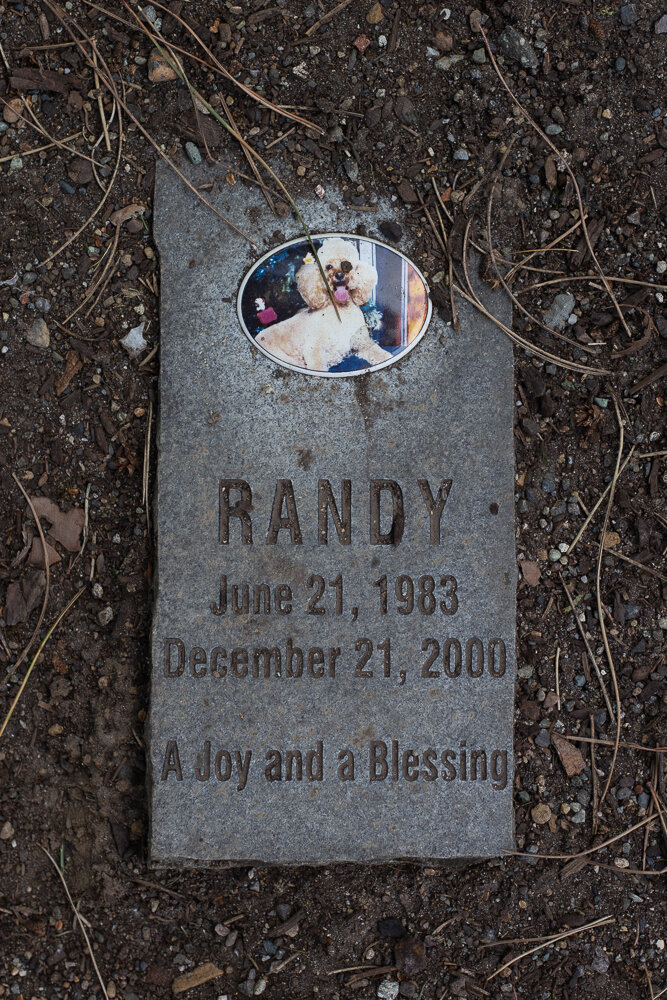
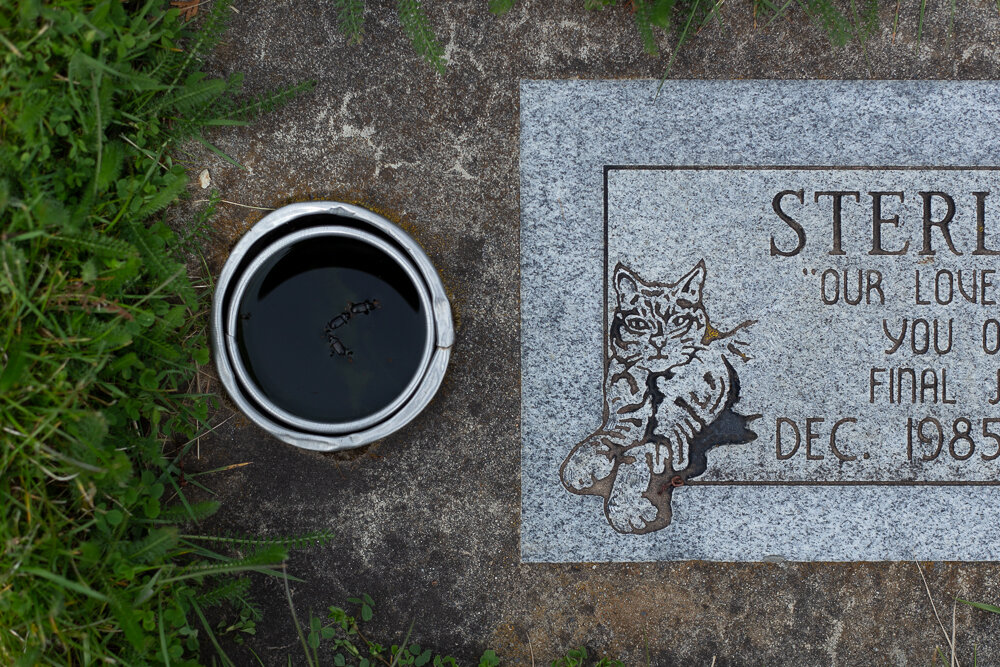
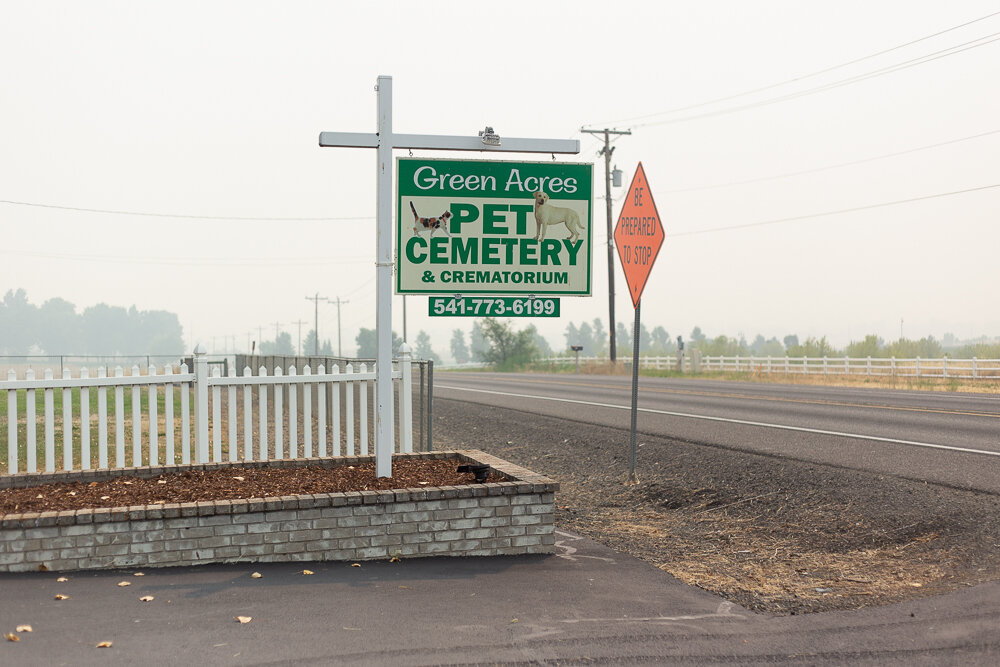
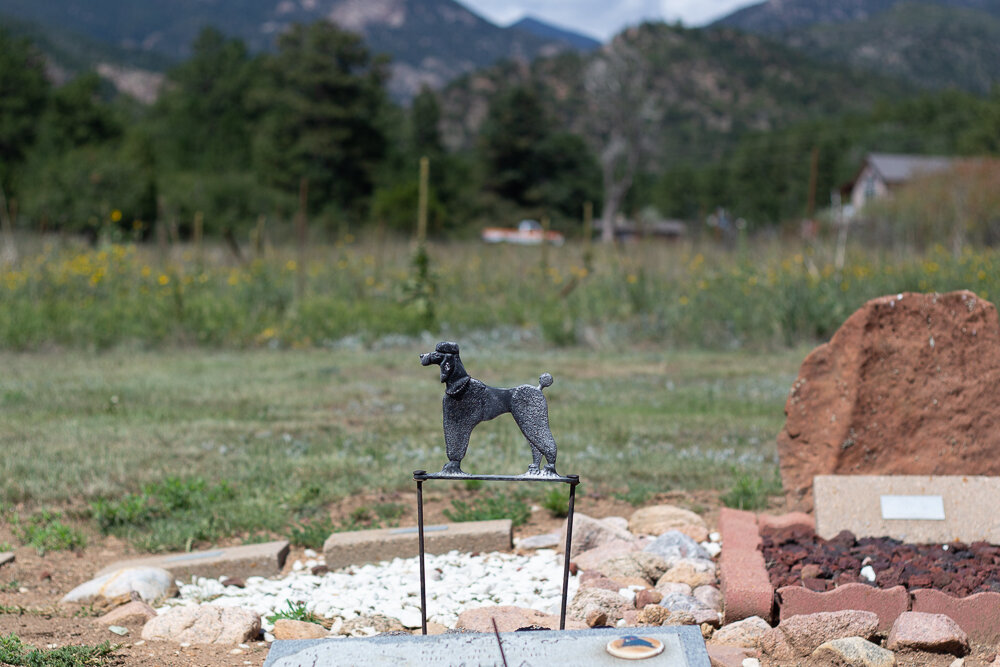
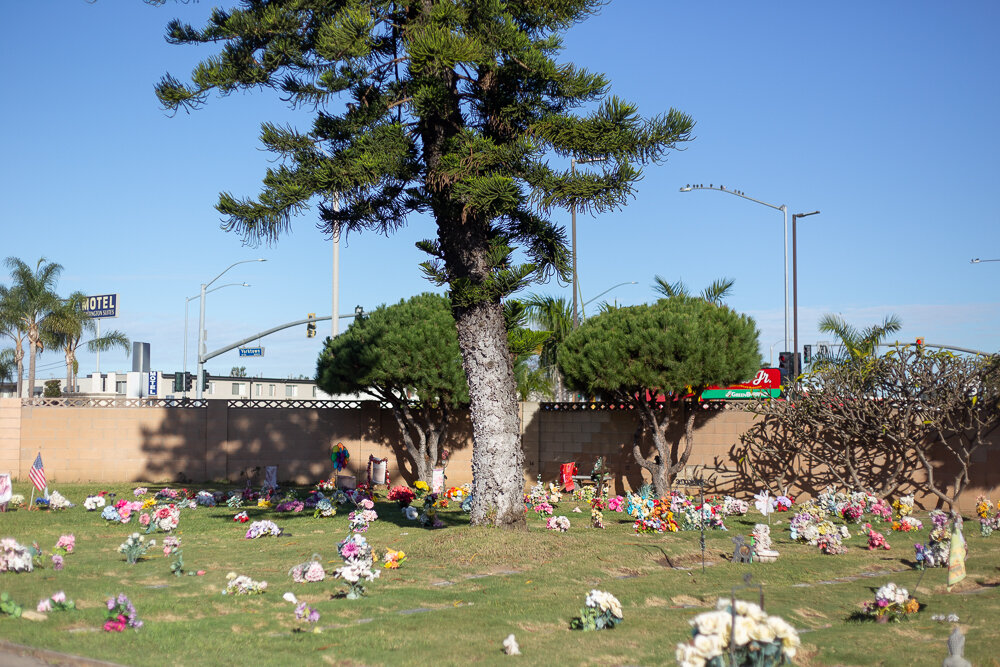
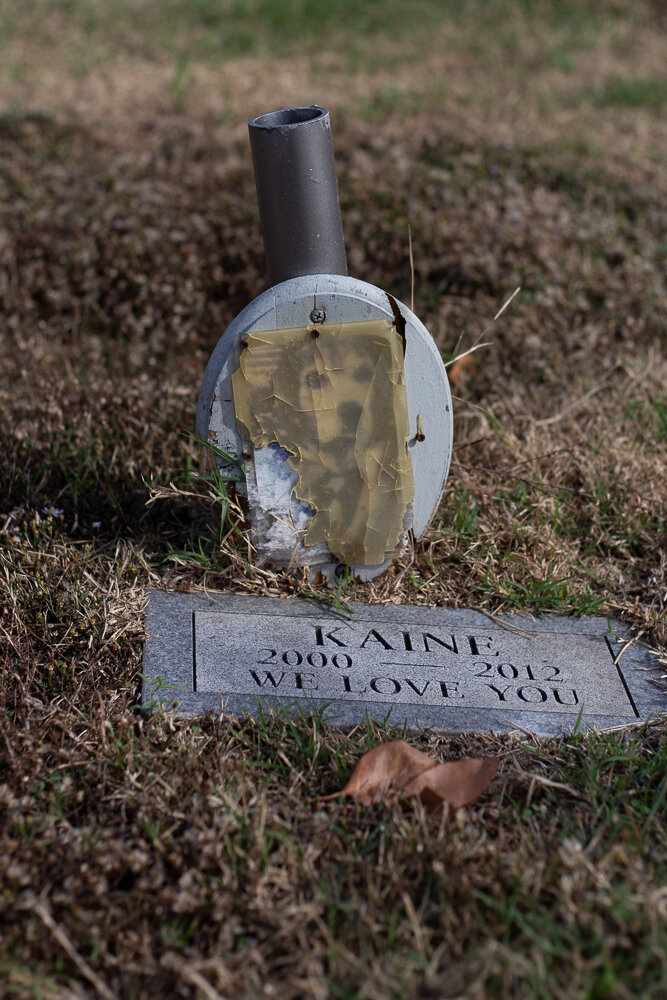
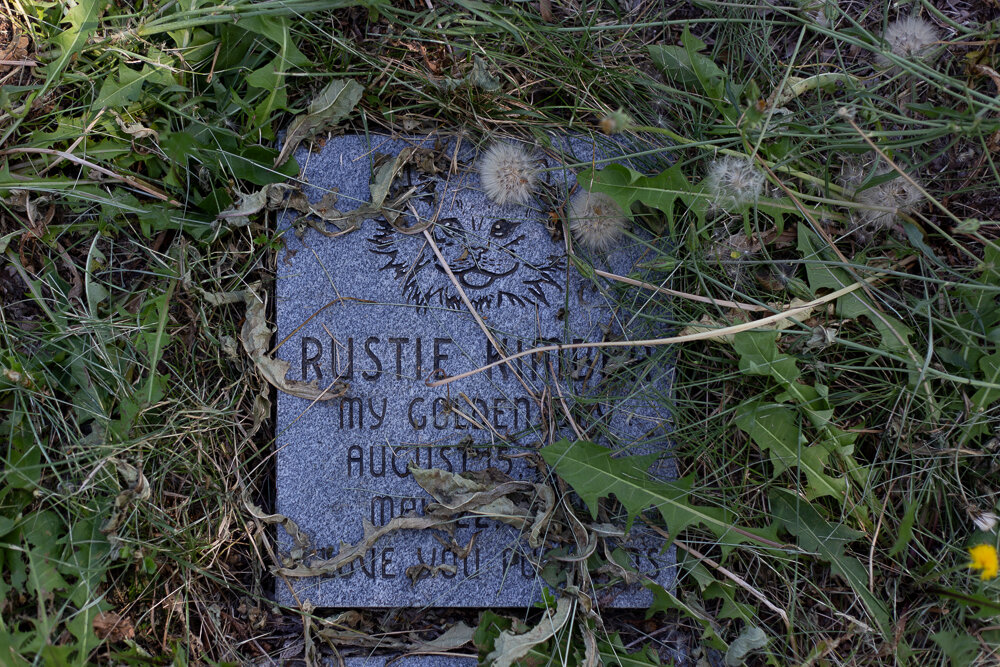
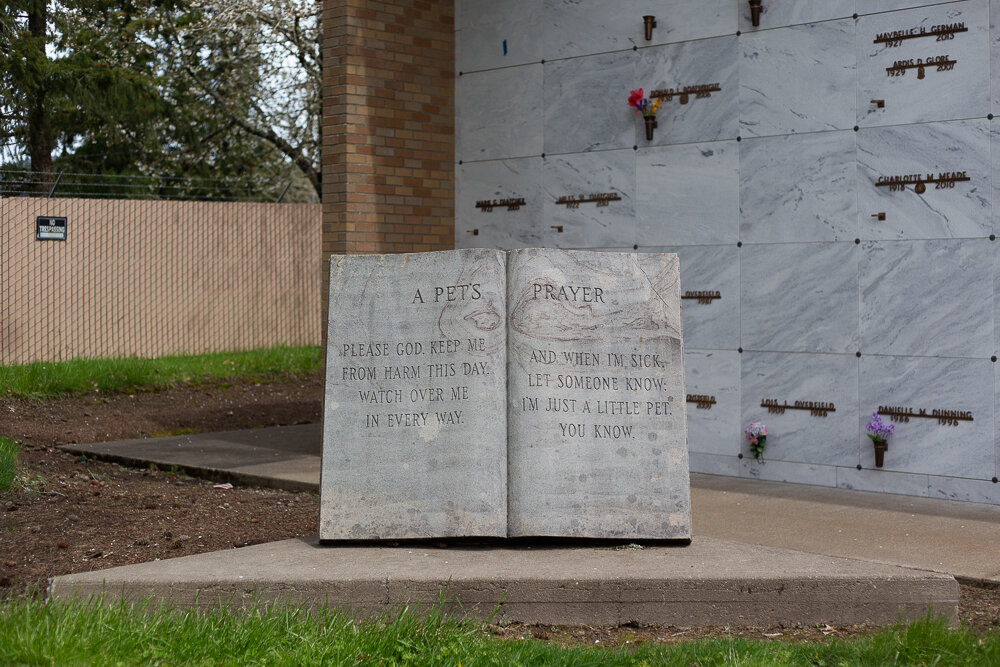

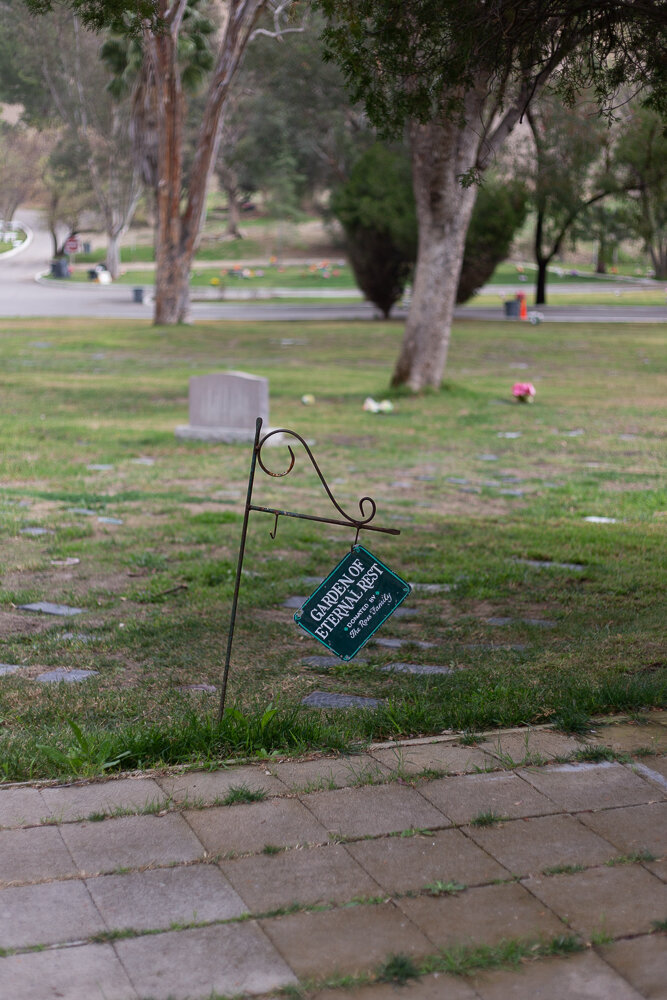
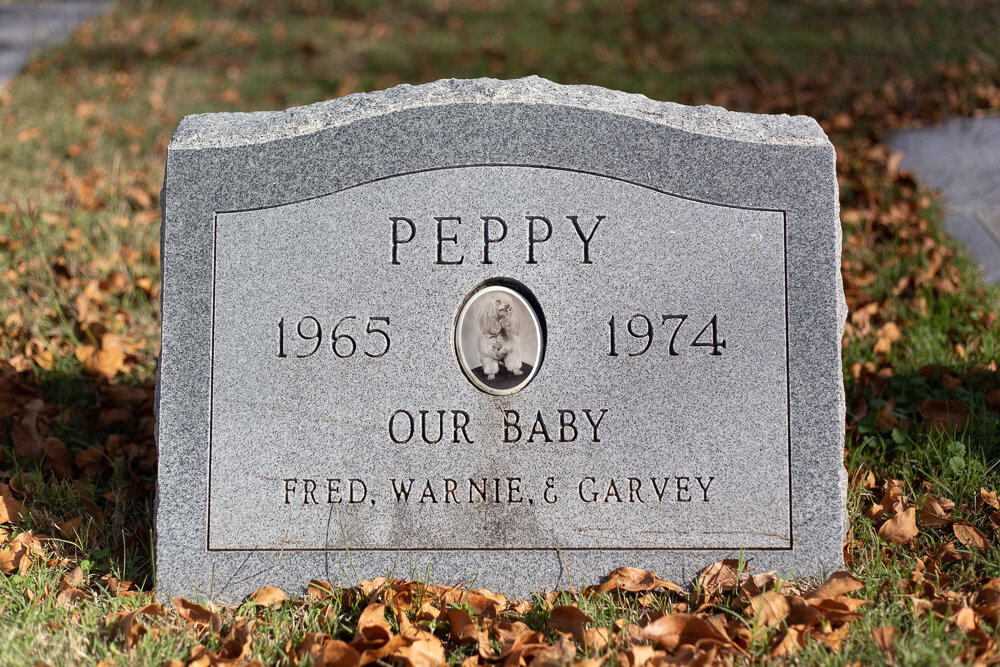
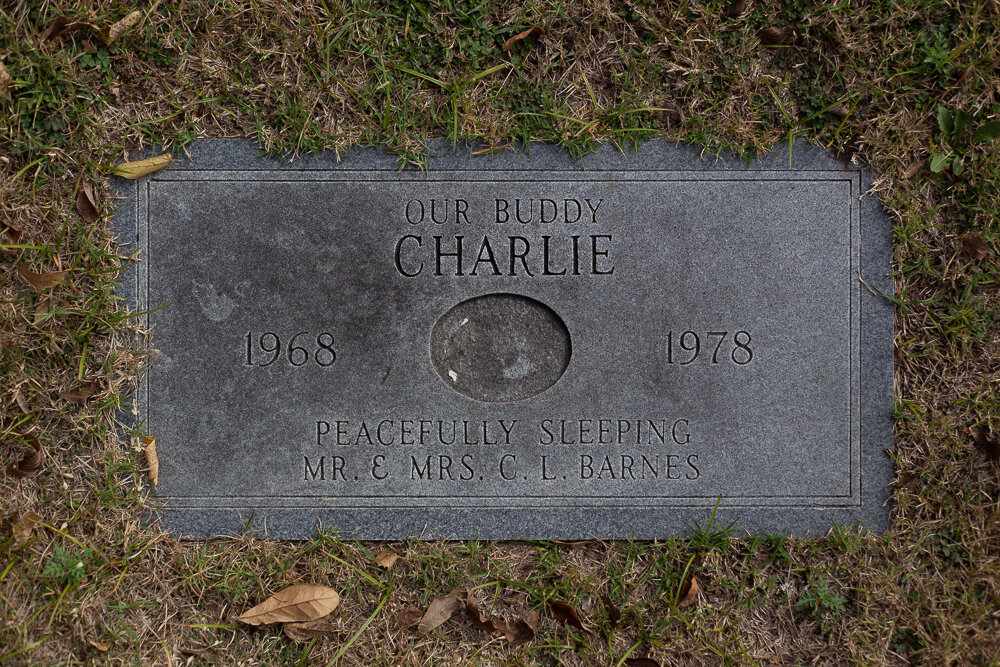
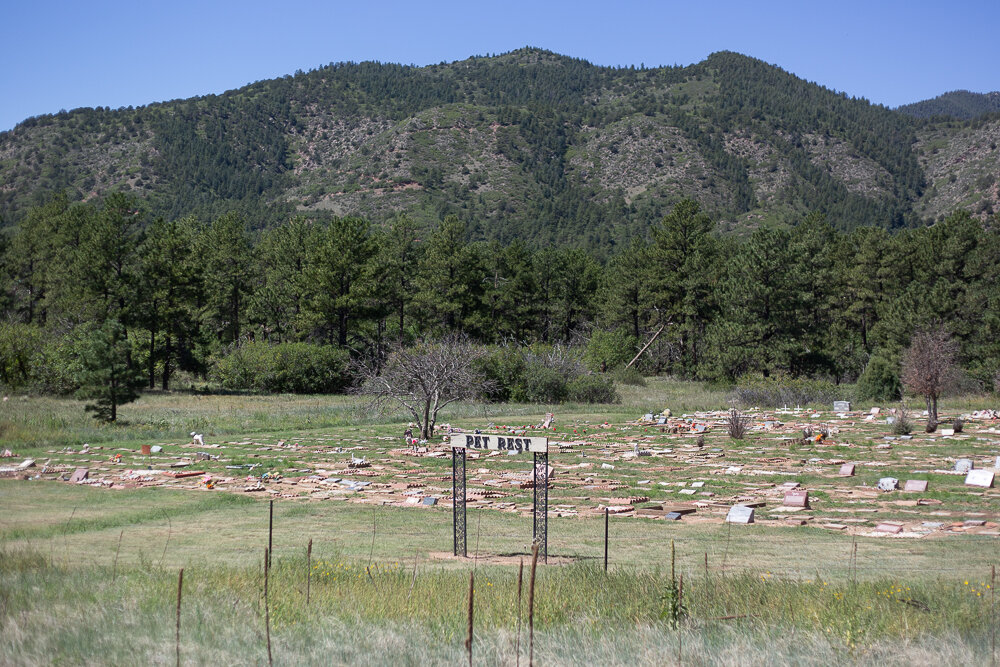
2021
To visit a pet cemetery is to witness a unique facet of the intimate bond shared between humans and nonhuman animals. Pet cemeteries - of which there are around 400 in the United States - are like time capsules, preserving just how a community wanted to honor the memory of their companion animals, mostly during the second half of the 20th century. Over two years, I visited 15 pet cemeteries in six US states, using photography to explore how grieving pet-owners have honored their animal's memory and how those remembrances have fared in the time since.
Cemeteries for pets are not unlike those containing the graves of humans. They’re gardens of memorials, with gravestones in rows, surrounded by a fence and gate. They receive varying degrees of care and maintenance, and their use is falling out of fashion. Yet, pet cemeteries are uniquely compelling; they are lasting, public testaments to how much we can love animals and how deeply we can feel their loss.
Amid the signs of natural aging and deterioration, the words used in these places stand out. Whether it is for a Doberman called Lucifer and referred to as "baby;" "a pet's prayer," written from the perspective of "just a little pet, you know;" or a friend named Cat, who lived only one year and will be missed, the language all around in pet cemeteries is tragicomic. The tender, saccharine remembrances made by the bereaved juxtaposed with traces of the environment - grass growing through cracks, lichen filling in and obscuring an inscription, insects, a layer of dirt - echoes the separateness innate in the interspecies bond. Although a whole human lifetime cannot possibly be lived alongside a single animal friend’s, knowing the love of an animal means endeavoring anyway. “Until the day I join you, and we cross the rainbow bridge together.”
